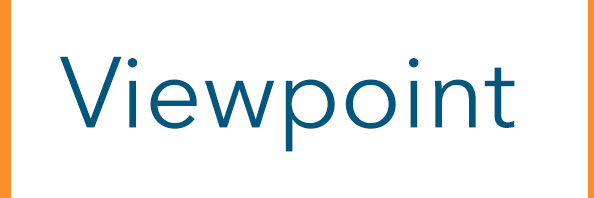Scenario: You invest months of planning for an important college initiative that will reap decades’ worth of rewards for your community. You decide to host a full-on press conference complete with a fancy backdrop, media kits, killer snack station — the whole nine yards. Then on the big day, nobody shows up. Like, literally nobody.

As a leader with an amazing story to tell, few things are more disheartening than a messenger who’s uninterested, unwilling or unavailable to spread the word.
So what’s a president to do?
Turn that frown upside down and create opportunities for success.
This article comes from the current issue of the Community College Journal, published by the American Association of Community Colleges.
No matter how amazing your news may be, crafting a good story takes work. In an era when overworked reporters cover multiple beats and morale is low and turnover high, most don’t have the time, energy or expertise to turn the press release of your game-changing initiative into a Pulitzer-worthy exposé.
To lend your local reporter a hand and help them help you, look no further than the National Council for Marketing & Public Relations (NCMPR). These member tips will help navigate today’s media landscape.
Let these communicators’ pain be your gain.
You got a friend in me
“Showing interest in journalists’ reporting goes a long way in building productive relationships,” says Joe Garcia, chancellor at the Colorado Community College System and NCMPR 2022 national Pacesetter.
Garcia suggests letting reporters know you appreciate their work — and not just the pieces they write about you. Invest in the relationship by offering to speak on background or preview new initiatives or data findings (what reporter doesn’t like a scoop?). Help them understand how your institution is positively impacting your community.
Location, location, location
Kate Wallace, marketing and communications manager at St. Cloud Technical and Community College in Minnesota, says her president is a master of creating opportunities to tell her college’s story.
“She is well known in the community, and her longevity is the key to her relationships with the media,” says Wallace. “She is always doing outreach and knows a lot about the college.”
This works because when you’re in the places where news is happening, you’re that much closer to being able to weave your story into the mix and provide context in the moment.
Put your money where your mouth is
In addition to going to where the action is, Wallace says, her president brings her message directly to the source: a regular column. The local paper provides space for the three colleges in the community on a rotating basis.
Wallace’s president focuses her articles on a college aspect linked to a community-related issue or initiative.
Have a conversation with your paper’s publisher or station’s news director and editor and offer to tell your story regularly — as a guest, a recurring segment, an op-ed or the like. If you can provide quality content relevant to your community that they don’t have to produce, everybody wins.
Measure twice, cut one
For Steve Butera, director of communication and external relations at Oakton Community College in Illinois, practice makes perfect.
“Depending on your president’s comfort level, preparing remarks or talking points and advance practice sessions may help them more effectively deliver key messages and ensure accurate and positive coverage,” Butera said.
Few people can be eloquent on command so workshop your messages with your internal communications team first. For maximum understanding, distill your big goals and initiatives into snackable talking points that don’t sound manufactured.
Bring in the pros
Being president doesn’t mean you have to do all the heavy PR lifting on your own. Your marketing and communications staff are talented. Chances are, if you ask them how your college can get better press, they’ll give you the same tips I just did. Give it a try. Then task them with doing the legwork: develop clear talking points, make media contacts, gather the data, and then track down student and staff stories that illustrate your points and bring your data to life.
You don’t have to reassemble the fragmented modern media landscape to get the coverage your college deserves. Just apply a little focused effort into making an overworked reporter’s life a little easier.





